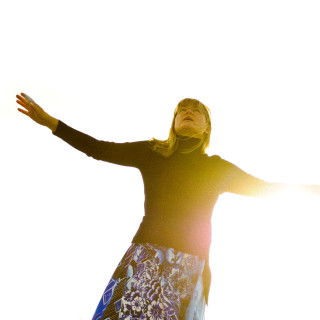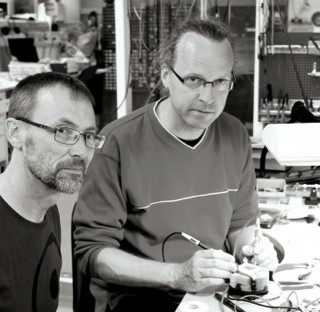GPS reveals animals’ advanced migration patterns
The survival of animals and organisms depends on being able to move from one place to another. With the help of GPS technology and light loggers, researchers have discovered, in a short space of time, what mechanisms control patterns of migration.
GPS technology was developed within the Russian and American defence industries in order to determine the positions of aircraft and submarines and to navigate robots. Today the technology is indispensable for the researchers at the Centre for Animal Movement Research (Canmove) at Lund University.
“There is a lot happening and things are moving quickly in this field. Now we know that animals’ movements are considerably more complex than we had previously thought”, says Susanne Åkesson, a principal investigator at Canmove and Professor of Zoological Ecology.
Professor Åkesson has studied albatrosses, sea turtles, insects and migratory birds. As advanced technology has become smaller and lighter, the opportunities to follow and gather information about animals have increased. A light logger, which weighs just over half a gram, can be fastened to a bird without disturbing it. The light logger registers whether it is dark or light. When the bird is re-captured a year later, the researchers read the light logger and compare the data with the length of the day in different places. It is thus possible to obtain a detailed picture of where the bird has been.
“Advanced technology has become smaller and lighte and the opportunities to follow animals have increased.”
With GPS receivers it is possible to determine flying altitude, how birds fly in different wind conditions and how they behave at night.
Canmove mainly conducts basic research, driven by curiosity and interest. However, the researchers also stress that their results have many fields of application.
“For example, birds’ and animals’ migration patterns can be linked to the spread of disease, such as in the case of bird flu. It could also be interesting to study their movement to see how they are affected by climate change”, says Susanne Åkesson.
The research could also provide better information on which to base political decisions.
“When we decide fishing quotas for the Baltic Sea, for example, the size of our catches are based on studies of how we believe fish such as cod move. However, it is possible that they move over much larger areas than we know today”, she says, explaining that this could affect our understanding of the size of the cod stocks.
Text: Ola Isaksson
Photo: Kennet Ruona
Published: 2012




